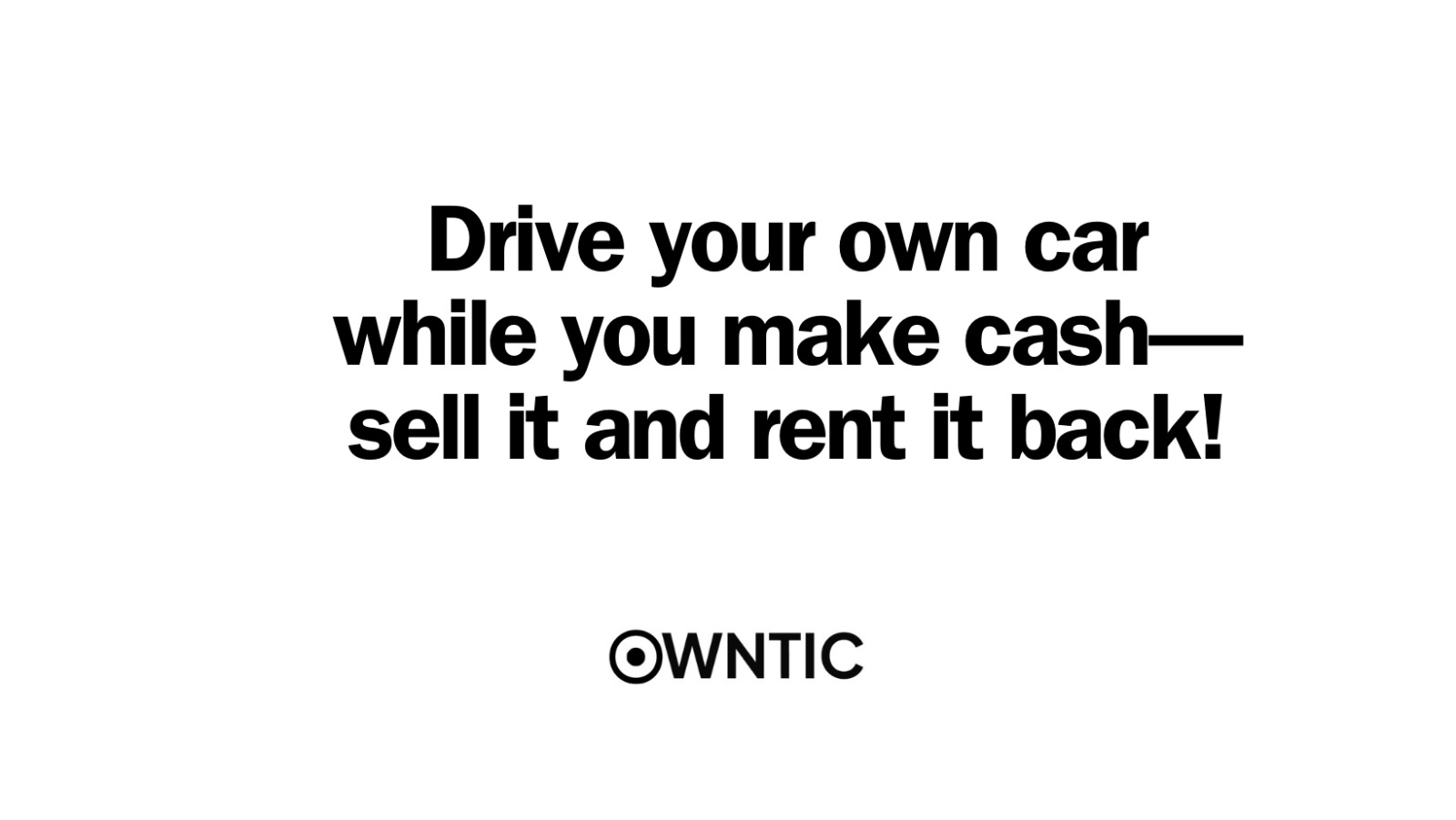Bankruptcy, a term that strikes fear into the hearts of many, is often viewed as a last resort for individuals drowning in debt. Among the various forms of bankruptcy, Chapter 7 bankruptcy stands out for its approach involving the liquidation of assets to pay off debts. In this article, we’ll delve into an overview of Chapter 7 bankruptcy.
Chapter 7 bankruptcy, also known as “straight bankruptcy” or “liquidation bankruptcy,” involves the sale of a debtor’s non-exempt property to settle outstanding debts. Unlike Chapter 13 bankruptcy, which entails a repayment plan, Chapter 7 provides a fresh start by discharging most unsecured debts, such as credit card bills and medical expenses, without the need for repayment.
The process begins with the debtor filing a petition for bankruptcy in federal court, after which a trustee is appointed to oversee the case. The trustee evaluates the debtor’s assets, identifies non-exempt property that can be sold to repay creditors, and distributes the proceeds accordingly. Exempt assets, such as a primary residence or essential personal belongings, are typically retained by the debtor.
Recent years have witnessed a shift in the demographics of bankruptcy filers, reflecting evolving socioeconomic trends. Job loss and medical expenses remain leading causes of bankruptcy, impacting individuals across various age groups and backgrounds. However, certain demographic shifts shed light on emerging patterns:

Age at Bankruptcy: The prevalence of bankruptcy among older individuals has seen a notable increase, with those aged 55 and older accounting for a significant portion of bankruptcy filings. This demographic trend underscores the financial challenges faced by seniors in an increasingly uncertain economic landscape.
Repeat Filers: While bankruptcy laws aim to provide relief to financially distressed individuals, a small percentage of repeat filers contribute to a significant portion of bankruptcy cases. Despite efforts to curb abuse of the system, repeat filings persist as a complex issue within the bankruptcy framework.
Gender and Marital Status: Bankruptcy affects individuals irrespective of gender or marital status, with equal numbers of men and women filing for bankruptcy. Married couples, however, represent a growing segment of bankruptcy filers, highlighting the financial strain experienced by households grappling with debt burdens.
Education Level: The burden of student loan debt has emerged as a significant factor contributing to bankruptcy filings, particularly among individuals with higher education levels. Efforts to address the challenges associated with discharging student loan debt underscore the need for comprehensive reforms in bankruptcy legislation.
Income Level: Despite varying income levels among bankruptcy filers, financial distress transcends socioeconomic boundaries. While low-income individuals continue to comprise a significant portion of bankruptcy filers, an increasing percentage of filers report higher incomes, reflecting the widespread impact of economic instability.
Thanks for reading



